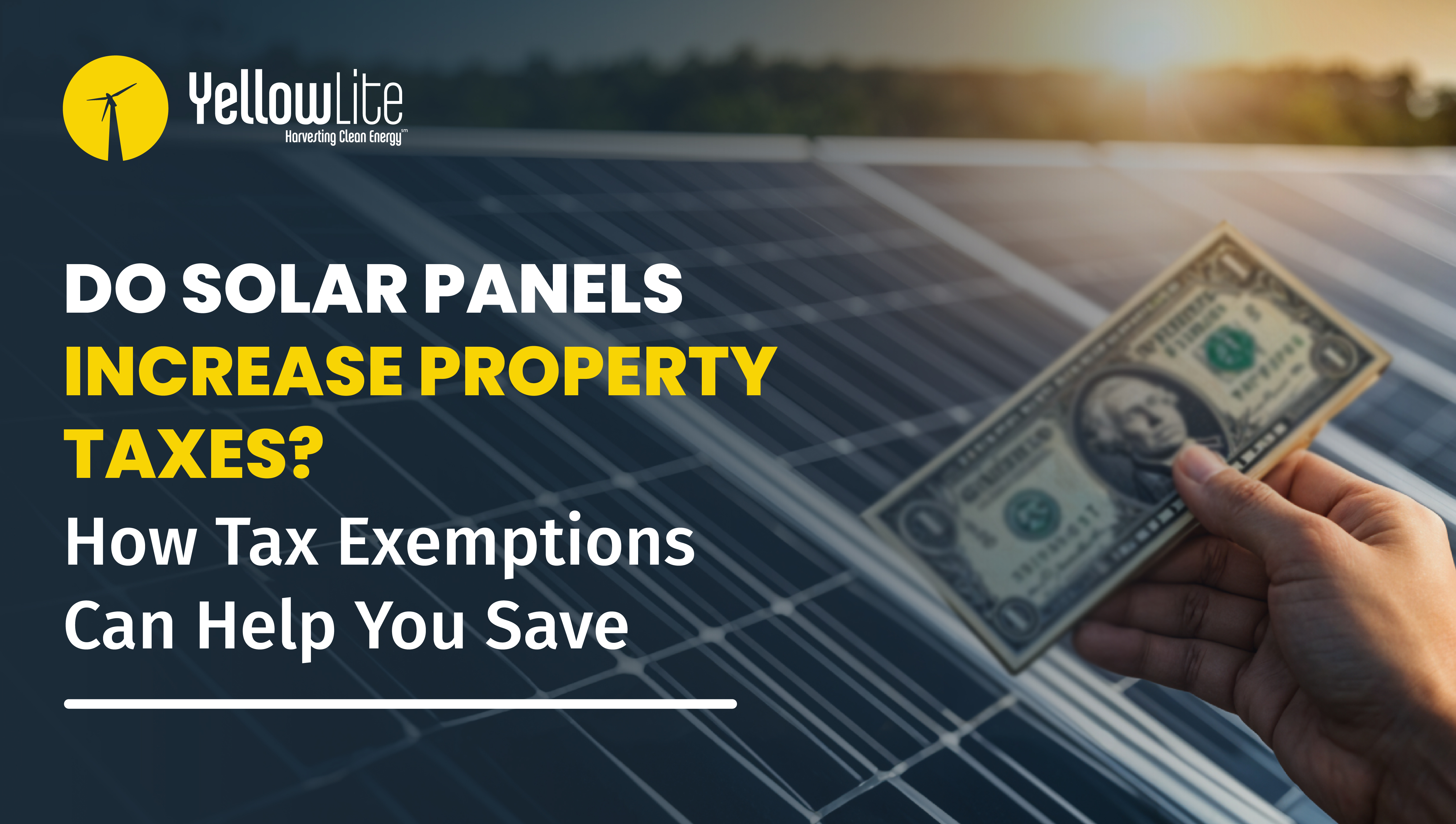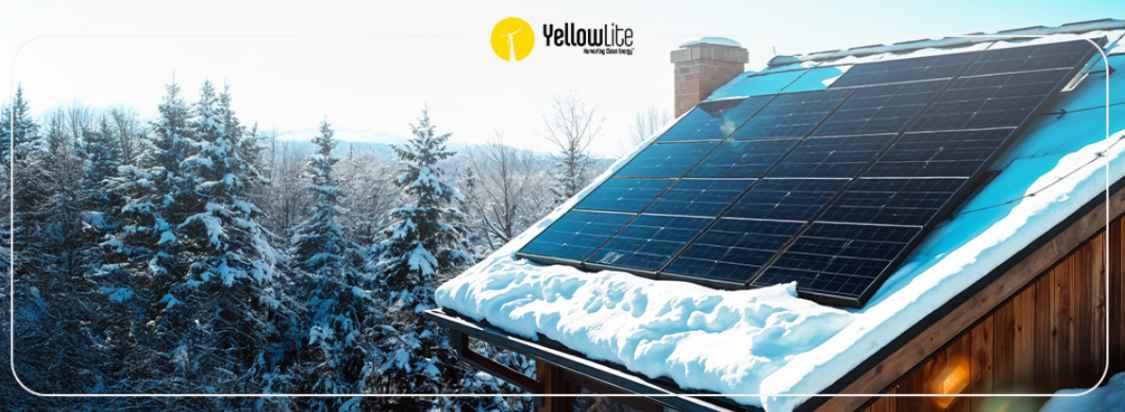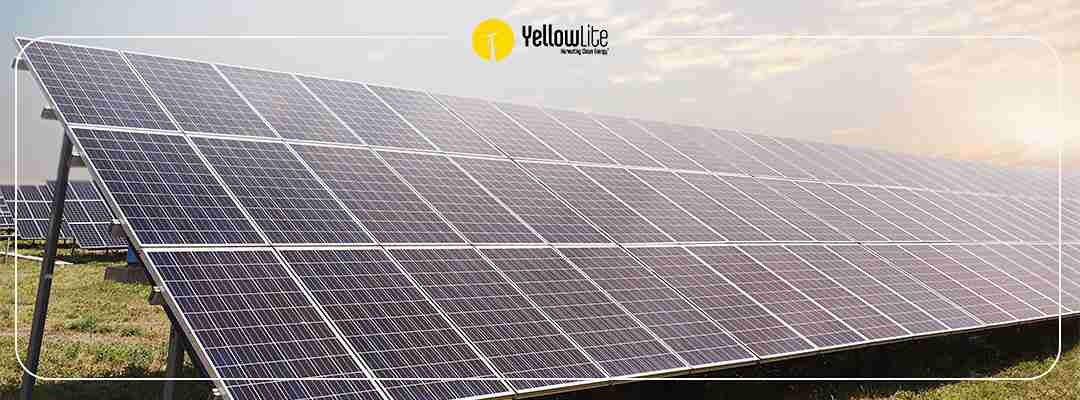Modern home appliances, lights, computers, pretty much everything that uses electricity uses it in the form of alternating current (AC) electricity. Solar panels produce direct current (DC) electricity. This DC form has to be converted into AC form or your electrical devices will not be able to run. An inverter is an electrical device that performs the conversion. Next to the panels, it is the second-most important part of a solar energy system.
There are two main types of inverters: string and micro. 60% of the U.S. residential inverter market is string inverters while microinverters make up the other 40%. Because microinverters have steadily increased in popularity over the last several years, nearly all inverter manufacturers now produce both string and micro lines of inverters.
String Inverters
String inverters are a dependable and durable component, with typical lifespans of 12-15 years. This has led them to be a long-standing industry go-to, as well as the most cost-effective inverter option. They are the most commonly installed inverters on solar power systems worldwide. These inverter systems collect the energy from multiple strings of solar panels and convert it to AC electricity within one inverter enclosed in an electrical box.
Although their design protects the electrical wiring from exposure and potential damage, the collective energy conversion runs the risk of some energy loss if the system is too large or suffering from partial blockage. The failure of one solar panel can lower the overall energy output from the rest. Since string inverters are also connected to a wi-fi network, the energy being converted can be easily monitored. This information allows us to detect disruptions or sudden changes in energy production. The results are also used to generate reports to communicate SREC data.
Microinverters
Instead of combining every panel together and sending the electricity to be converted by one main inverter like string inverters, microinverters convert DC energy for each individual solar panel. They attach to the connectors on the junction box behind the panel and are therefore exposed to the elements just as the panels are. This design requires microinverters to be extremely durable, with the typical lifespan falling between 15-25 years. As a result, these inverters are more expensive than the trusty string inverters. The upfront cost can sometimes be 50% or more added cost than a string inverter. However, their longer lifespan is likely to save money in the long run.
Since microinverters convert energy by individual panel, the overall energy production isn’t significantly impacted by the failure of one solar panel. These individual connections can also allow for individual energy production monitoring when necessary. This also makes maintenance troubleshooting easier as the source of an energy issue can be identified more quickly. However, if the system suffers from multiple issues, this design can also require several repairs/replacements instead of one.
Build an Incredible System
Each inverter option has its own benefits and drawbacks depending on the situation. String inverters can decrease the initial system cost and potentially require less maintenance if an issue arises. Microinverters have a more detailed wiring design for better system insight and usually last longer.
Our YellowLite solar experts have extensive experience with systems of all kinds. We design and install solar energy systems to suit the individual needs of our customers. Our team of consultants learn about your energy consumption, property size, and more before we develop your solar energy solution.
Whether you’re considering commercial solar power or a private energy system for your home, reach out to a YellowLite solar consultant to get started on your project!
Call us at 216-333-1364
Email us on https://www.yellowlite.com/contact-us/



